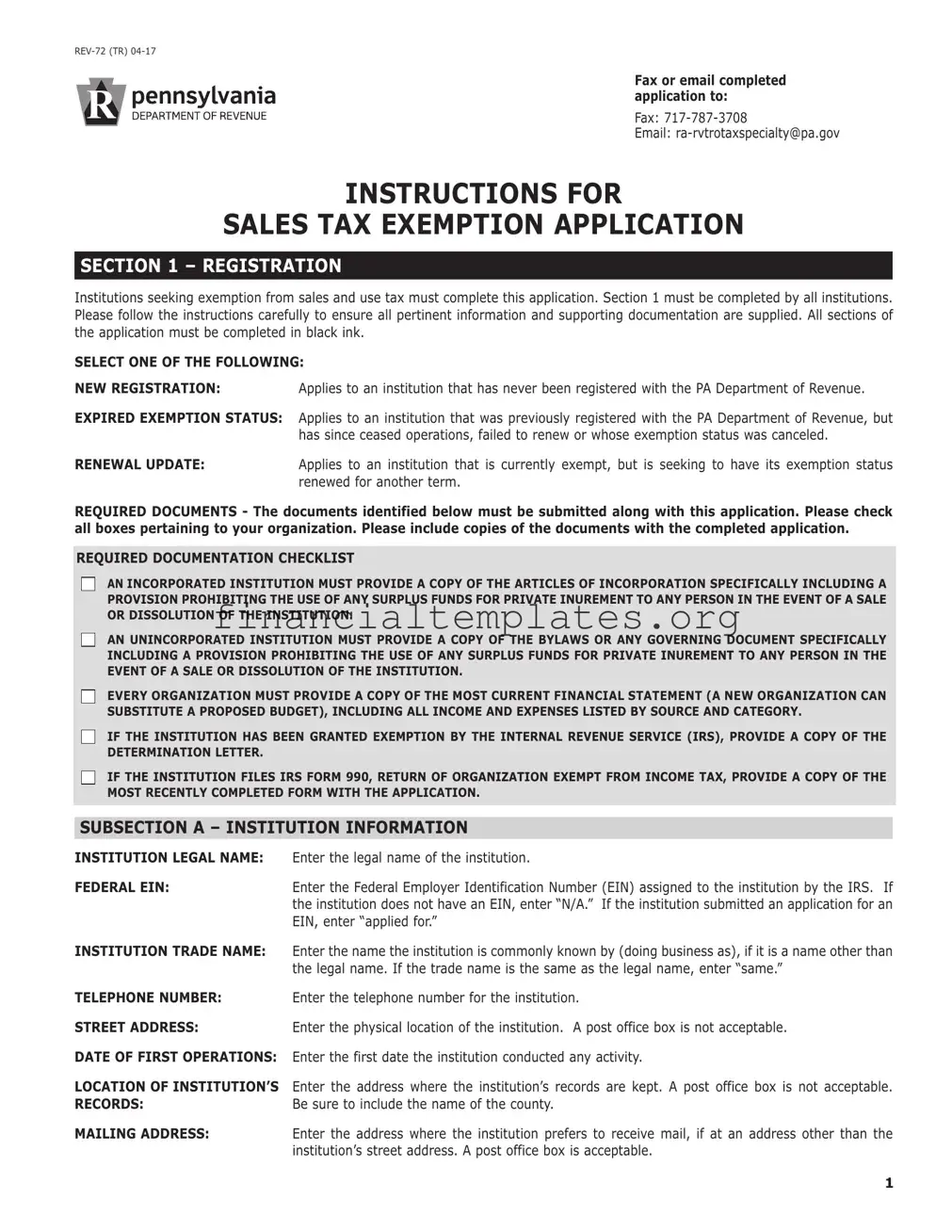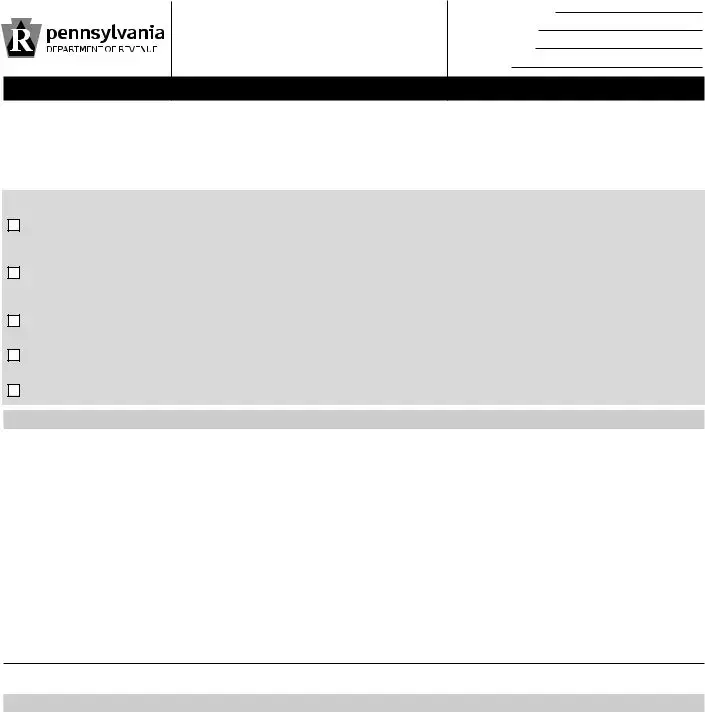LINE 5 – This figure should represent the payments the institution receives for providing education and research programs. Supply any documentation that can support this figure.
LINE 6 – (A) The institution must indicate whether it supplies goods or services to individuals with mental retardation or to individuals who need mental health services.
(B)If the individual is mentally retarded or the recipient of mental health services, the institution must indicate whether it supplies an individual’s family or guardian in support of such goods or services.
(C) The institution must indicate whether it provides goods or services to individuals who are deemed dependent, neglected or delinquent children.
If the response to any of the above three questions is YES, then answer the next question. Otherwise, skip to Part 3. Check YES or NO as to whether any of the statutes or regulations apply to the organization.
PART 3 – GOODS OR SERVICES PROVIDED
LINE 1 – This figure is the full cost of providing goods or services for free. The institution cannot have received partial payments or even have attempted to collect payments. This figure is only the amounts the institution donates at 100 percent.
LINE 2 – This figure should include the loss that is incurred by the institution charging less than the full cost of goods or services the institution provides. This figure should not include bad debts or amounts deemed uncollectible. The cost of goods or services should only be those goods or services associated with the institution’s charitable purpose. The cost figure should include only actual cost incurred by the institution.
LINE 3 – The total amount of accounts deemed uncollectible should be included here. Uncollectible amounts are those that the institution has originally charged for, whether it be at full cost or at a discount, but for which the institution has not received payment. This figure is not the allowance for bad debts, or the bad debt expense, nor should it include any opportunity costs. Rather, it is only the actual cost of the goods or services provided for which the institution is unable to collect after reasonable and customary collection efforts have failed. If the institution did receive some payment, but not the full amount charged, include only what was uncollectible here.
LINE 4 – Check YES if the institution has a published, written policy that it provides goods or services to anyone who seeks them regardless of their ability to pay. If the institution does have such a written policy, attach a copy to the application.
LINE 5 – Check YES if the institution has a published, written policy that it provides goods or services to people based upon their ability to pay. If the institution does have such a written policy, attach a copy to the application.
LINE 6 – Check YES if the institution has a written fee schedule that outlines how much an individual will pay based upon their income level. A copy of the fee schedule must be enclosed with the application.
LINE 7 – If the goods that the individuals receive at no fee or at a reduced fee are of comparable quality and quantity to the goods or services offered at a higher cost, check YES.
LINE 8 – The institution should calculate the cost of providing goods or services only to those individuals who are recipients of government programs. The government programs include, among other things, Medicare and Medicaid. Supply any documentation that can support this figure.
LINE 9 – If the institution provides goods or services for free or at a reduced rate to government agencies or individuals eligible for government programs, check YES.
LINE 10 – If the institution provides goods or services to individuals who are eligible for government programs, check YES.
LINE 11 – This figure represents the cost of providing goods or services to individuals for whom the institution receives fee-for-service payments. A fee-for-service payment is any payment received under any governmental program. This would include Medicare, Medicaid, Workers’ Compensation, CHAMPUS, etc. Supply any documentation that can support this figure. The amount the institution received from the government from fee-for-service payments should be listed under Part 1, Question 1 (Income).










